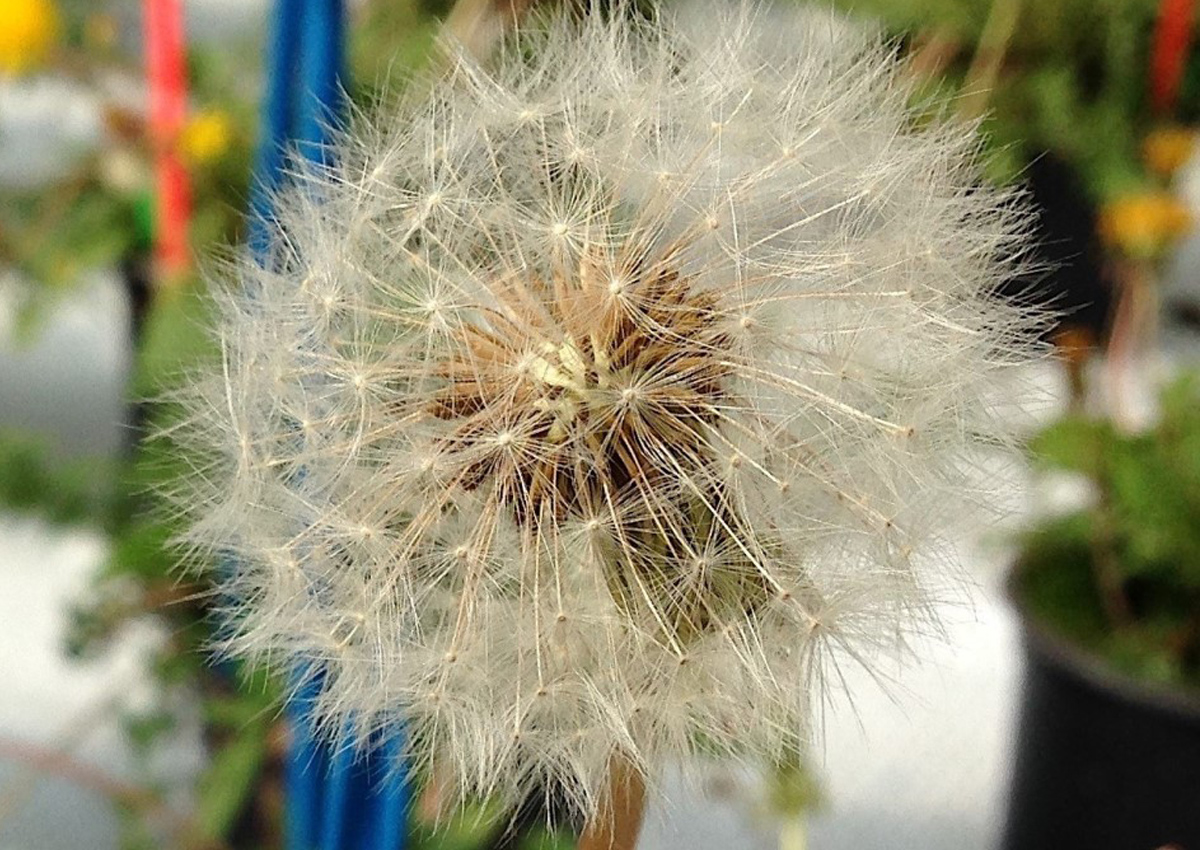
International Team of Researchers Discover Plant Gene Crucial to Production of Clonal Seeds
January 12, 2022| |
Researchers from KeyGene and Wageningen University & Research (WUR), together with colleagues from Japanese breeding company Takii and New Zealand's Plant & Food Research and Lincoln University have discovered a gene that makes it possible to produce seeds from crops that are genetically identical to the mother plant and that do not need pollination.
The gene found was named PAR, from parthenogenesis, the process where egg cells grow into plant embryos without fertilization. The team at KeyGene in the Netherlands started to unravel the genetics behind apomixis in the early-2000s. In 2016, they discovered the DIP gene the gene for diplospory, one of the two steps involved in apomixis. They used dandelion in their research, one of around 400 wild plant species known to reproduce by apomixis.
At Lincoln University and Plant & Food Research in New Zealand, researchers also studied parthenogenesis genes and focused on hawkweed. Hawkweeds and dandelions come from the same plant family so the New Zealand researchers compared the PAR gene with the genes of hawkweed and found the same observation in dandelions. While all plants contain PAR genes, the plants with apomixis had an extra piece of DNA in the gene and appear to be in almost the same place in the hawkweed as in dandelion.
Further analysis revealed that the extra piece of DNA is a transposon. The team has also used the knowledge behind apomixis to breed crops with superior seeds. Although most plants do not use apomixis, most have genes similar to PAR and DIP, suggesting that apomixis could be widely applicable for innovative agriculture by using modern tools like gene editing. KeyGene researchers, together with scientists of Takii Seed have already succeeded in showing that the PAR gene can cause parthenogenesis in both lettuce and sunflower.
For more details, read the news releases from WUR and Plant & Food Research.
| |
You might also like:
- Protocol Reveals How to Generate Clonal Seeds from Hybrid Rice with CRISPR-Cas9
- Researchers Discover ‘KARAPPO' Gene, Reveals How Plants Reproduce through Cloning
- Scientists Discover Way to Make Rice Plants Replicate through Seeds as Clones
Biotech Updates is a weekly newsletter of ISAAA, a not-for-profit organization. It is distributed for free to over 22,000 subscribers worldwide to inform them about the key developments in biosciences, especially in biotechnology. Your support will help us in our mission to feed the world with knowledge. You can help by donating as little as $10.
-
See more articles:
-
News from Around the World
- International Team of Researchers Discover Plant Gene Crucial to Production of Clonal Seeds
- ARS Scientists Readying Wheat with Climate Resiliency
- Coexistence of GM Seed Production and Organic Farming A Success in Chile
- Smart Packaging from Corn Extends Food Shelf Life
- Biotech Crops Get Safety Approval After Pilot Testing in China
- Australian OGTR Receives Application for Field Trial of GM Sorghum
-
Research Highlights
- Anti-stress Function of AtPDI1 Linked to Disulfide Isomerase Activity
- Transgene Inheritance Found to be Stable in Field Grown Pears
- Egyptian Scientists Develop Drought-Tolerant Tomatoes
-
Plant
- CRISPR to Supercharge Lettuce with Nutrients
- Japan's CRISPR Fish Enters Market
- VIB Conducts Three Field Trials of Genome-Edited Maize
-
Read the latest: - Biotech Updates (November 12, 2025)
- Gene Editing Supplement (October 29, 2025)
- Gene Drive Supplement (February 22, 2023)
-
Subscribe to BU: - Share
- Tweet

